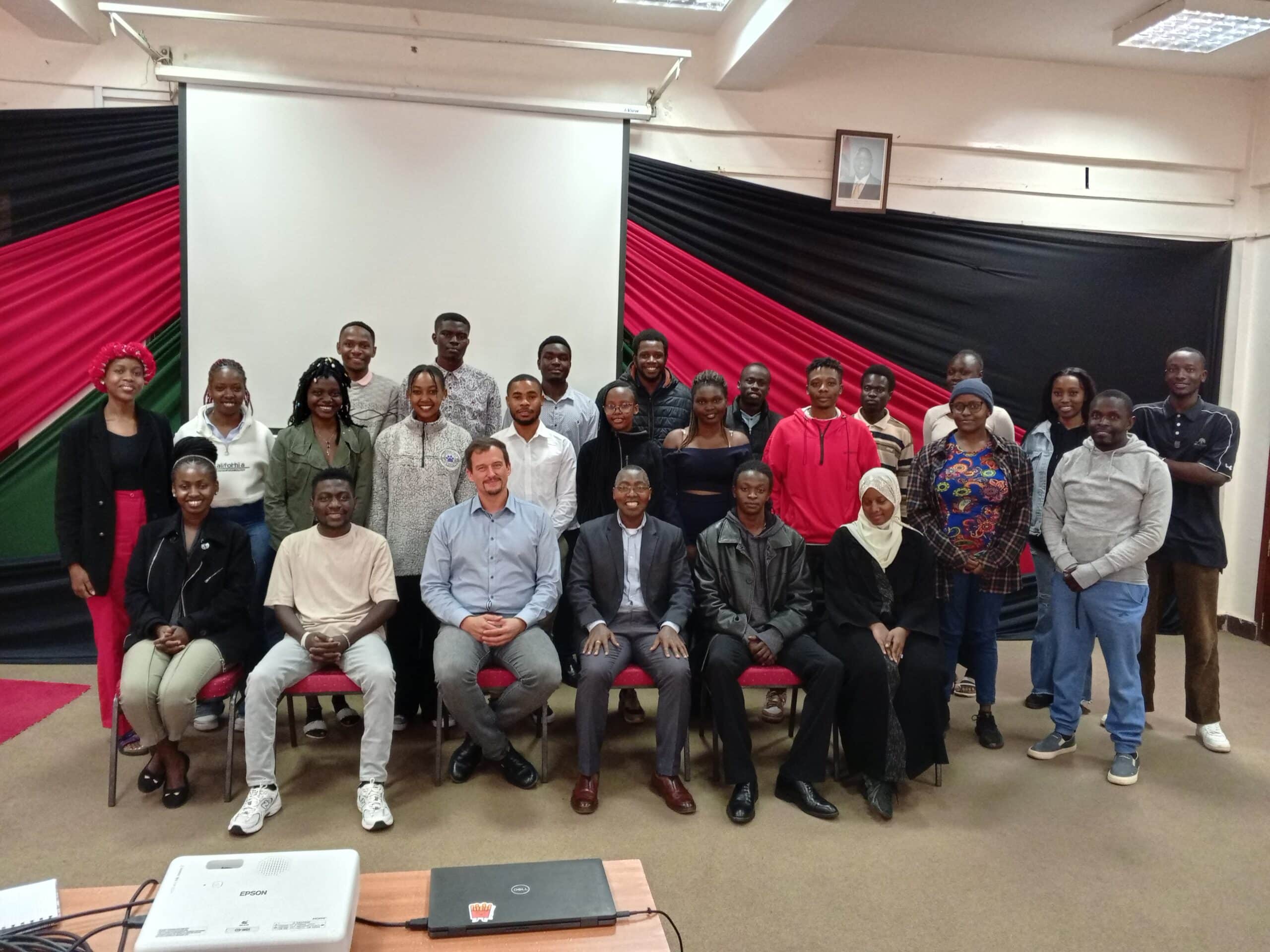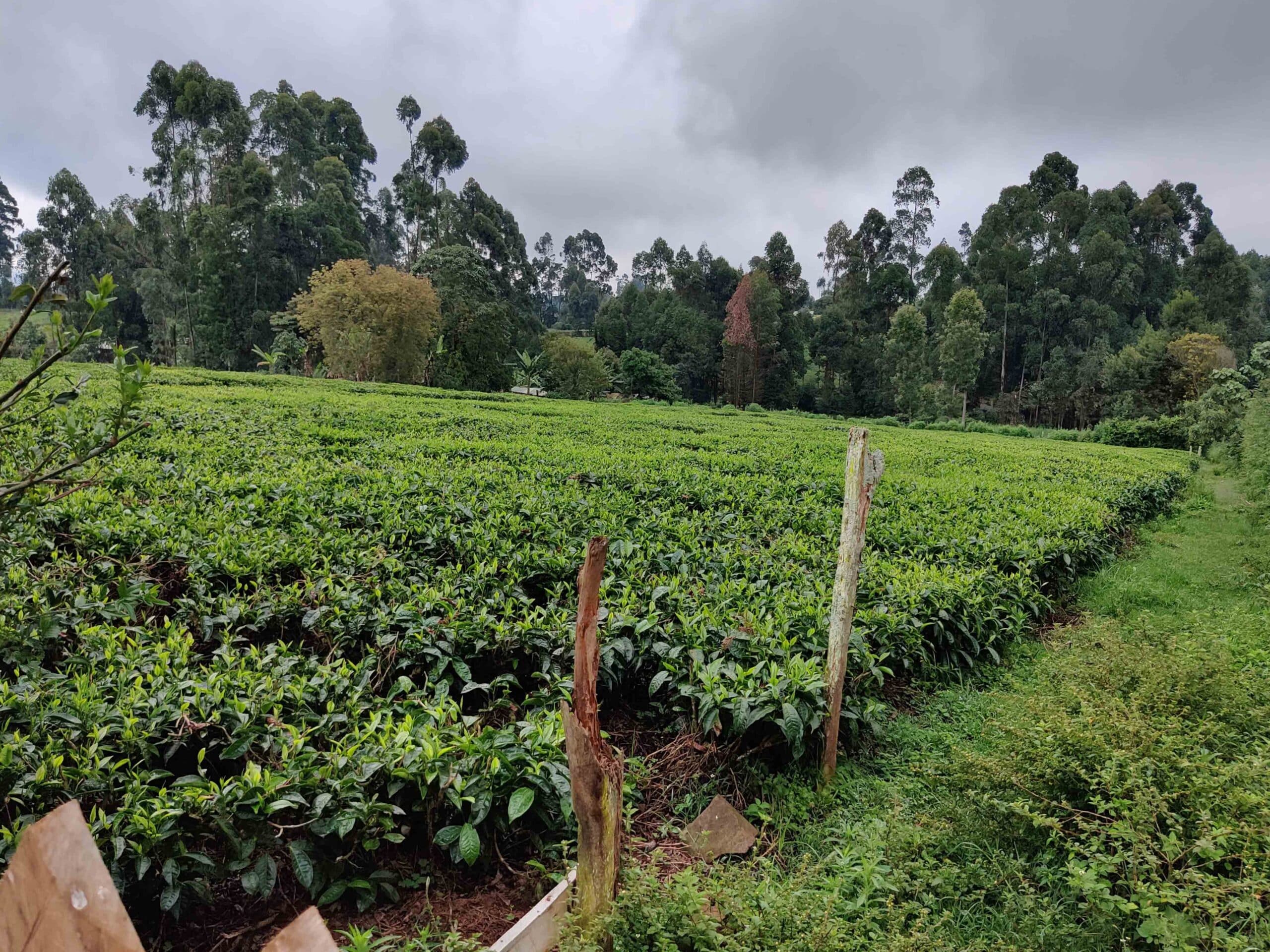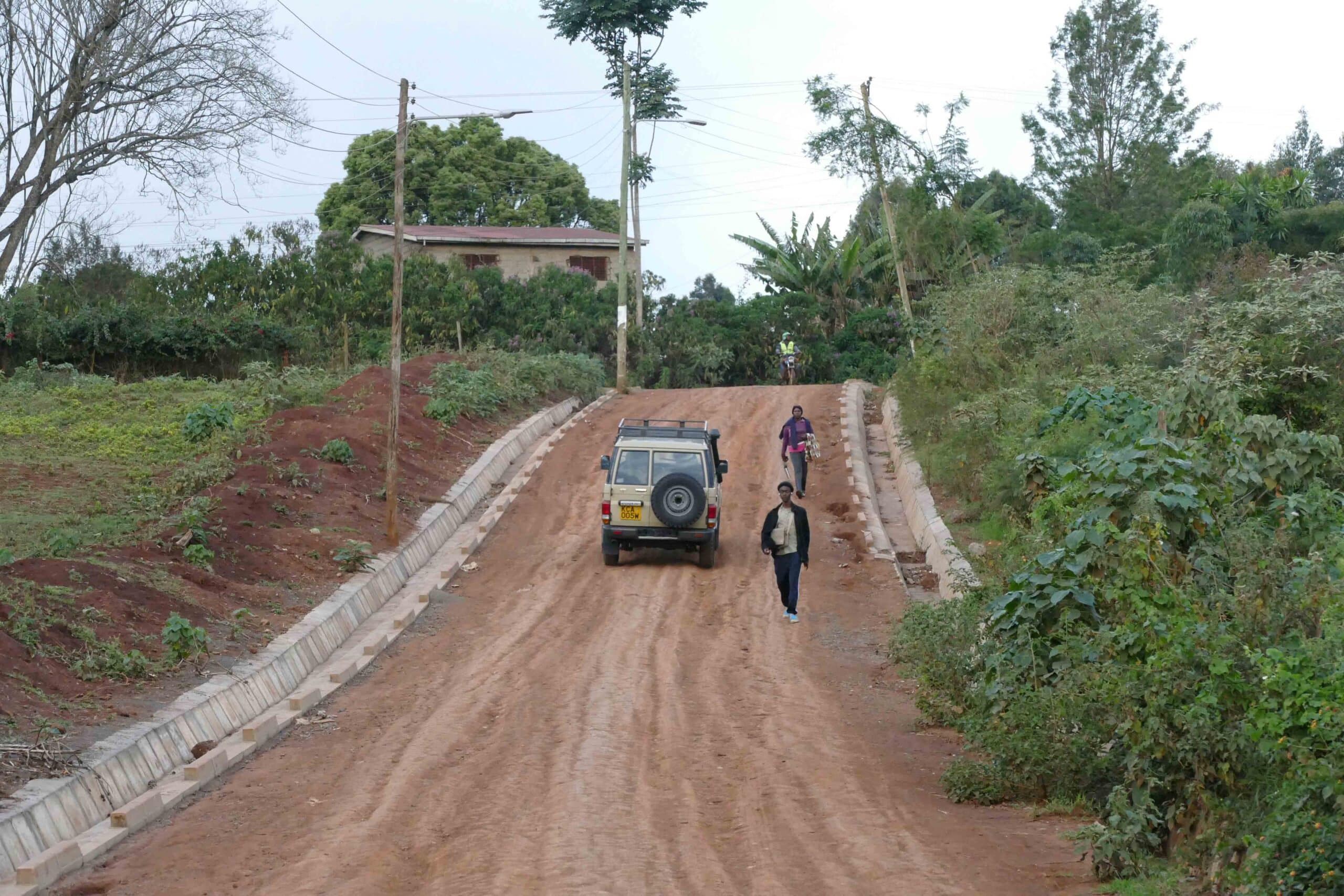by Gideon Hartmann (C01 – Future in Chains)
How to find a corridor? Or to be precise: Where and how can a corridor project like the Southern Agricultural Growth Corridor of Tanzania (SAGCOT) become empirically accessible? This question carried me during my first explorative research phase of two months in Tanzania.
Working through the extensive piles of literature, presentations, and news on the mega-project, a fictional image of the corridor had built-up during my desk research. This expectation was especially grounded on a regional, almost territorial understanding of the corridor itself. Corridor or non-corridor, cluster or non-cluster, implemented, abandoned or scheduled: these categories resembled my cognitive system of ordering thoughts and expectations about a region covering roughly a third of Tanzania.
Traveling along the corridor on its longitudinal axis – which is basically the highway reaching from Dar es Salaam towards the Zambian border – I quickly realized that my reductionist approach of facing the corridor was far from viable. Maps and plans apparently have engaged with complex realities on the ground in a project that is now in its eighth year of implementation. A map – and thus my rather classical, spatial understanding of the corridor – became increasingly irrelevant, if not misleading.
Shifting from deduction to interaction, I started to engage with those who must know best where and how SAGCOT is to be found. Strikingly, however even when blatantly confronting people with the question of whether they know SAGCOT or not, the corridor remained shallow. Almost no one I talked to knew about his or her state of living in a corridor region. Whether it was taxi drivers, farmers, input traders, scholars, even local political representatives: The project was rarely known to the ‘ordinary’ people.
Thus, in the quest to find SAGCOT, I went back to the extracts of the initially confusing piles of literature, presentations, and news. If a project is to be found, it will be with its official partners engaging with SAGCOT. And finally, by the virtue of visiting those partners, and thus a shift of perspective – from an overemphasized spatial lens towards a relational understanding of the corridor’s actors and practices that link them –, the corridor became ‘visible’. The complex landscape of SAGCOT partners consisting of donors, agricultural projects, philanthropists’ ventures, and public institutions emerged as the most practical, while arguably biased lens to find and understand SAGCOT.

I argue this recognition does not only serve for the CRC in order to ‘find’ and delineate a corridor. It does also indicate some early insights. Firstly, a mega project like SAGCOT is shaped by erratic spaces. Whether incorporating more place-based or more relational perspectives in the process of understanding development corridors, a clear distinction of the where and how remains a tricky encounter. Secondly, the talks with the few people that knew SAGCOT as well as the corridor’s official partners, hinted on diverse, scattered interpretations what the corridor is and what it does. While many saw SAGCOT as a smallholder project, others interpreted SAGCOT merely as an institution that, as a ‘honest broker’ or mediator between ‘the private’ and the state, works as a FDI-machine to the favour of the region. These fragments of interpretation thus show that ‘the SAGCOT vision’ is far from homogeneously constituted. It is why the CRC’s upcoming work on tracing and compiling the variegated visions of the future(s) for this corridor space – however, we delineate it – are indubitably relevant.






